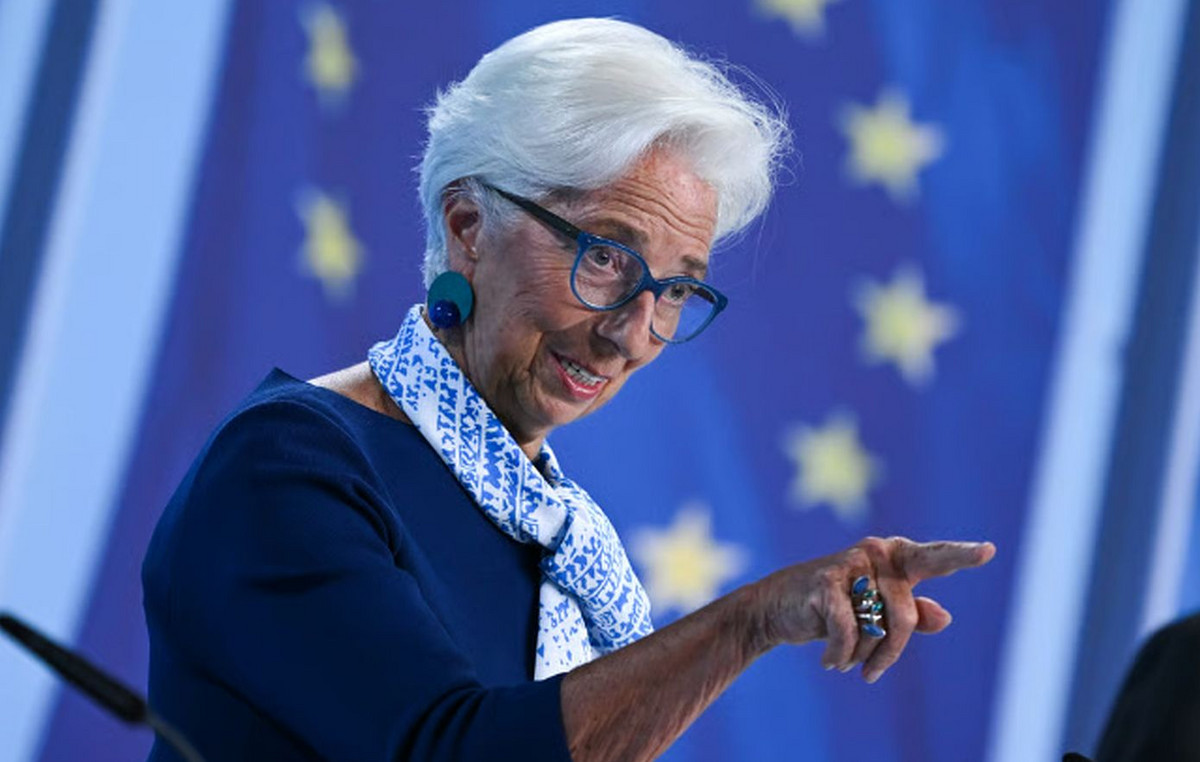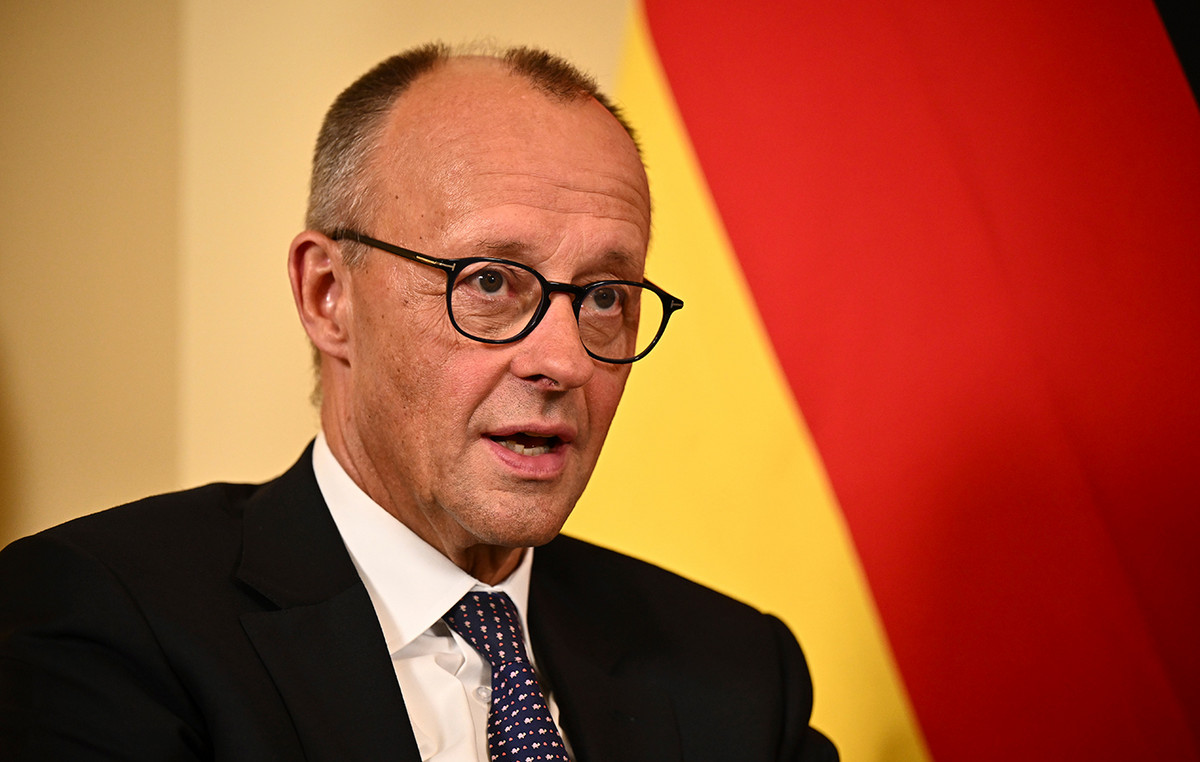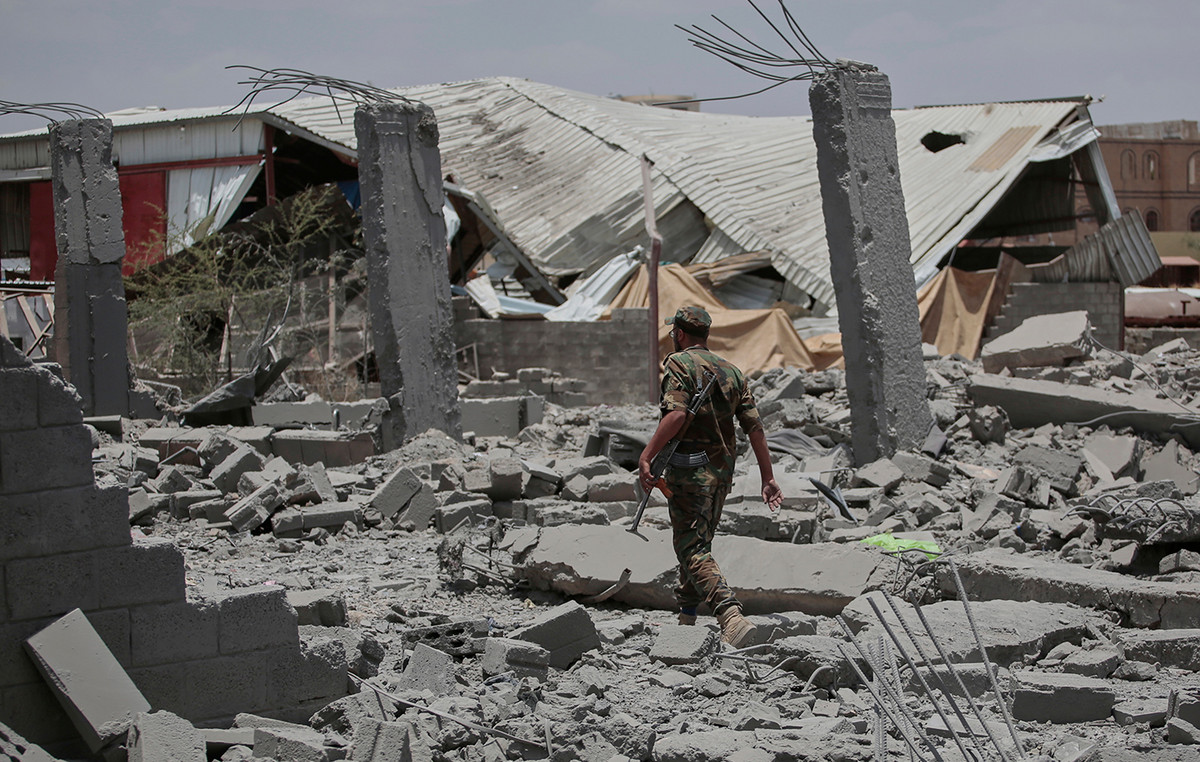The general coordinator of Operations at the National Center for Monitoring and Alerting of Natural Disasters (Cemaden), of the Ministry of Science, Technology and Innovation, Giovanni Dolif, said this Wednesday (20), in an interview with CNN that phenomena such as the heat wave that hits Brazil tend to be more frequent as the atmosphere gets hotter.
Dolif explained that, with the warming of the planet’s temperature, we will have more extreme weather events such as the absence or excess of rain.
“Extremes are compatible with the climate, they have always happened. But when we observe a warming planet, higher atmosphere and ocean temperatures, studies show that this warmer condition is prone to producing more extremes, extremes with greater frequency and with greater amplitude,” he declared.
According to the Cemaden coordinator, the suffocating heat wave that is plaguing several states in the country is not unprecedented for this time of year. As Dolif reported, the dry weather characteristic of winter and the greater incidence of sunlight at this time of year cause temperature peaks between the end of September and the beginning of October.
“At the end of winter, beginning of spring, the sun starts to get much stronger. Without cloud cover, without humidity and without rain to evaporate and cool, all this energy that arrives in increasing volume from the sun is converted into temperature”, he explained.
Heat wave
The National Institute of Meteorology (Inmet) issued a warning for the arrival of a heat wave in practically all of Brazil throughout this week. The Midwest is the region that is expected to be most affected.
The special orange level meteorological warning, which indicates danger, was issued on Monday (18), and is valid until Friday (22).
In the last week of winter, an exceptional heat wave will spread across numerous states in Brazil. According to Inmet’s forecast, thermometers should approach 40°C and, in some regions, it is possible that the temperature will reach 45°C.
The hot air mass will be concentrated between Paraguay and the Brazilian Center-West. Therefore, Mato Grosso and Mato Grosso do Sul will record the highest temperatures in the period. The estimate is that thermometers will read 40 °C to 45 °C in the regions. This is because the action of an atmospheric blockade will prevent the arrival of cold fronts in the coming days, which are common for the period.
Video: Sweltering heat acts like a pot lid trapping heat
See impacts of climate change
Source: CNN Brasil
I’m James Harper, a highly experienced and accomplished news writer for World Stock Market. I have been writing in the Politics section of the website for over five years, providing readers with up-to-date and insightful information about current events in politics. My work is widely read and respected by many industry professionals as well as laymen.







